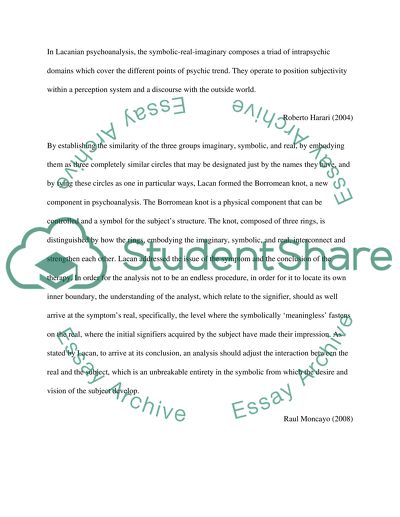Cite this document
(“Outline and evaluation of the idea of how analysis cures when Essay”, n.d.)
Retrieved from https://studentshare.org/psychology/1393398-outline-and-evaluate-the-idea-of-how-analysis-cure
Retrieved from https://studentshare.org/psychology/1393398-outline-and-evaluate-the-idea-of-how-analysis-cure
(Outline and Evaluation of the Idea of How Analysis Cures When Essay)
https://studentshare.org/psychology/1393398-outline-and-evaluate-the-idea-of-how-analysis-cure.
https://studentshare.org/psychology/1393398-outline-and-evaluate-the-idea-of-how-analysis-cure.
“Outline and Evaluation of the Idea of How Analysis Cures When Essay”, n.d. https://studentshare.org/psychology/1393398-outline-and-evaluate-the-idea-of-how-analysis-cure.


